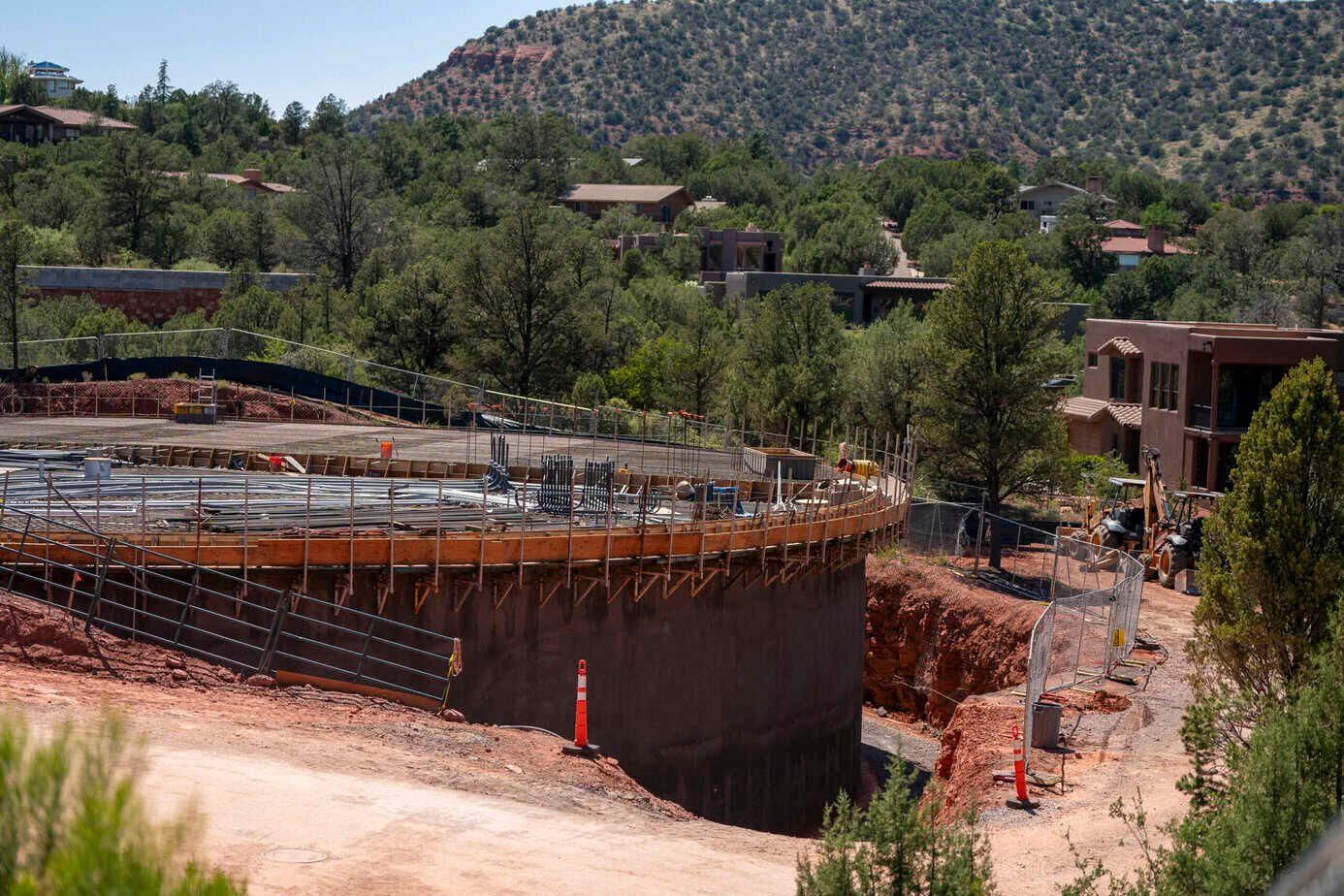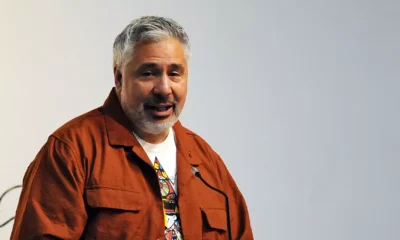Business
City Fights Back Against Sedona’s Proposed Water Rate Hike for Tanks

Sedona City Manager Anette Spickard has formally expressed support for Arizona Water Company’s request for a rate increase while simultaneously opposing a recommendation that would impose additional costs specifically on Sedona customers. The communication was submitted to the Arizona Corporation Commission (ACC) on March 17, following AWC’s testimony seeking a rate increase on March 13.
In her letter, Spickard urged the ACC to maintain a unified rate structure for all customers in the Northern Group, which encompasses approximately 21,700 individuals across eight public water systems. She highlighted that many Sedona residents, located far from the planned underground tank, would derive no benefit from it, suggesting that imposing an additional surcharge might be unjust and arbitrary.
“Deconsolidation for purposes of the East Sedona Water Tank would set a troubling precedent,” Spickard noted. She raised concerns that only certain customers could be burdened with costs, undermining the principle of consolidated rates. Furthermore, she emphasized that many full-time Sedona residents are not affluent, revealing that the proposed rate increase could significantly strain the finances of those on fixed incomes.
Spickard’s letter also contested a misstatement made by the commission staff regarding Sedona’s zoning rules related to water tanks.
During the hearings, AWC’s Chief Operating Officer Fredrick K. Schneider argued that the company’s proposed revenue increase of $6,340,139 was justified. This figure equates to a potentially steep 28.95% rise for an average household using 4,250 gallons monthly, with estimates suggesting even higher increases when surcharges are considered. The rationale behind this substantial rate hike includes the need for significant capital expenditures and compliance with regulatory requirements regarding emerging contaminants.
However, discrepancies remain regarding how costs associated with the new underground tank in the Chapel area should be allocated. Commission staff have argued that the additional costs associated with the tank’s underground construction should be borne by Sedona ratepayers, contrasting Schneider’s stance that such expenses should be distributed among all Northern Group customers.
ACC’s Utilities Division co-director Briton Baxter detailed the financial implications, asserting that the total cost of the East Sedona Tank would be about $20 million, necessitating a considerable increase in rates for Sedona customers if the higher construction costs are isolated from those of the larger group.
Schneider has voiced strong reservations about this approach, insisting that it undermines the fundamental advantages of consolidated rates, meant to lessen financial burdens on smaller systems. He warned that endorsing this policy might reverse decades of progress toward equitable rate structures.
The East Sedona Tank is anticipated to be operational soon, with ACC hearings on the AWC rate proposal scheduled for April 11 to 17 in Phoenix.

















